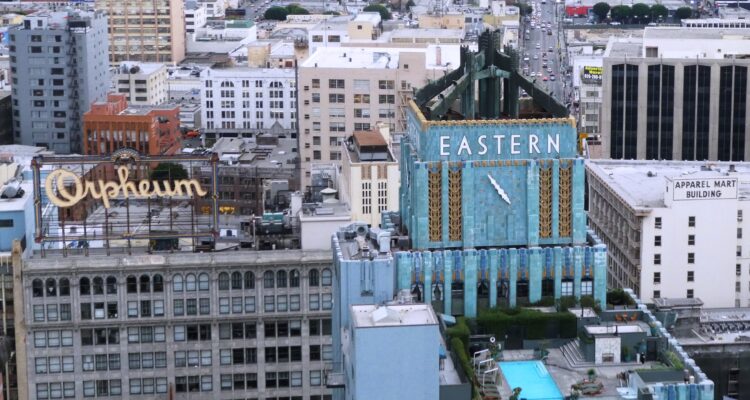
Citywide Adaptive Reuse Ordinance (ARO)
What is the Citywide ARO?
The Citywide Adaptive Reuse Ordinance (Citywide ARO) builds upon LA’s successful 1999 Adaptive Reuse Ordinance, which helped to revitalize Downtown. The Citywide ARO focuses on creating new housing by converting underutilized commercial buildings, expanding the success of the original ARO to neighborhoods across Los Angeles.
What does the Citywide ARO mean for me?
Adaptive reuse is one of the least disruptive forms of development for adjacent neighborhoods. It avoids some of the noisy construction impacts like demolition, excavation, and grading. Switching a building from office to residential use also reduces the daily vehicle trips generated by the building, reducing local traffic.
Adaptive reuse is a sustainable building practice in that it repurposes existing structures, reducing the embodied carbon associated with construction – concrete, steel and glass are some of the carbon intensive materials. Adaptive reuse also diverts waste from landfills compared to demolition.
Adaptive reuse of underutilized commercial structures can reactivate neighborhoods with high commercial vacancies, with new residents supporting local businesses and serving as “eyes on the street,” especially at later hours or on weekends when offices tend to be vacant.
Background
Since 1999, L.A.’s Adaptive Reuse Ordinance (ARO) has been a powerful preservation tool and roadmap to bringing much-needed new housing: a win-win for revitalizing neighborhoods and meeting community needs while preserving cultural heritage. Thanks to the ARO, once underutilized–even abandoned–buildings downtown were reimagined to provide 12,000+ new housing units and address hospitality needs that helped spur a new era for downtown L.A.’s historic corridor.
As L.A.’s housing crisis has deepened over recent years, and Downtown office vacancy rates increased, specific changes to the ARO have become necessary, making it more flexible in use, applicable to more existing buildings, and citywide in scope. The two most major changes allow newer buildings to be converted (15 year old structures are permitted by-right and 5 year old structures may be approved by a zoning administrator) and also remove minimum units sizes.
The City Council approved the Citywide ARO at the December 10, 2024 meeting and the ordinance will take effect in January 2025. The Conservancy spoke in support of the latest revisions, specifically as they relate to historic buildings, stressing the importance for financial incentives like the Mills Act and Federal/State Historic Rehabilitation Tax Credits in financing future conversions.
For more information on the Citywide ARO please consult the fact sheet compiled by the Department of City Planning or watch the public hearing recording from June 2024.